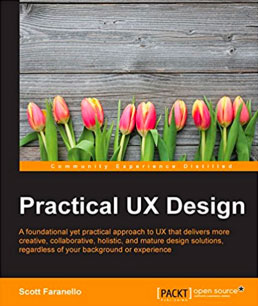Scott also describes the conditions that are necessary to encourage creativity within an organization. He emphasizes that it is especially difficult to be freely creative within typical business environments that are very quantitative and focused on hard data, then discusses how to address that quandary.
Good Design: Meeting Users’s Needs
In Scott’s exploration of what constitutes good design, he includes an apt quotation from Don Norman, which shows why it can be so hard to quantify what makes a good-quality design.
“Good design is actually a lot harder to notice than poor design, in part because good designs fit our needs so well that the design is invisible.”—Don Norman, The Design of Everyday Things
Scott says that good design is not enough. A product must, first and foremost, fulfill a true user need, thus motivating users to incur the cost of change. In other words, a design solution must provide a logical conclusion to a situation. Scott offers a nice discussion—with examples—of the foundations of information architecture (IA) and design patterns. He focuses on architect Christopher Alexander’s Fifteen Fundamental Properties of Wholeness, reminding us that empty space is an element of design, too.
Evangelizing User Experience
Scott examines UX strategy and ways in which UX professionals can help business stakeholders to understand that better UX design leads to better business outcomes. However, he acknowledges the ugly reality that, at some companies, management simply does not understand how encompassing the role of User Experience actually is—equating it only with usability testing and wireframes.
Even worse, some companies and product teams see UX professionals as those who point out the flaws in current designs and create work demands that put additional pressure on already strained timelines and budgets. Many companies still think of User Experience as a nicety rather than a necessity. Many others pay lip service to having great product user experiences, then drive their teams to create designs in very little time, at the least cost possible, excluding the UX team from participating at the beginning the product-development cycle and from evaluating a product’s success. Even at companies that value User Experience, many UX teams find themselves underutilized because of time, budget, or other constraints.

